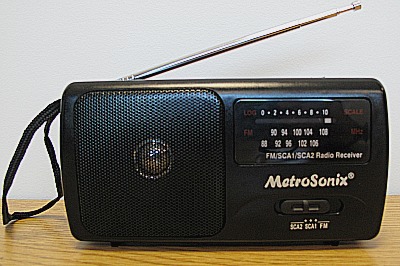System/Policy
College approves sale of Alabama radio station
The college is reportedly negotiating with a religious broadcaster.KJZZ executive demoted following investigation of staff complaints
A report found that Associate GM of News Mark Moran drove employees after drinking, kissed a former intern and made remarks perceived ...Letter from the executive director: Announcing ‘Local that Works’ finalists
Our panel of judges selected four projects that they believe deserve wider attention and adoption within public media.Austin’s KUT wrestles with ‘serious issues’ in newsroom culture
Journalists of color have pressed KUT leaders to address multiple concerns about the workplace climate.Departure of AIR CEO followed two complaint letters from staffers to board
A 16-page letter sent in July detailed a “toxic work environment” in AIR's office.While COO of cannabis company, former CEO again leads N.Y. station
Bob Daino is currently COO of Acreage Holdings, which owns cannabis cultivation, processing and dispensing operations in 12 states.Illinois licensee to end funding for Tri States Public Radio
The station will lose about half its annual operating budget, according to GM Jonathan Ahl.Letter from the executive director: How should pubmedia respond to Trump’s attacks on the press?
At what point would public media speak out about threats to press freedom?PRI, PRX merge to form new organization
PRX's Kerri Hoffman will run the new organization, while PRI's Alisa Miller will move into a board leadership role.FCC’s proposed update to EBS rules prompts comments from public media
Some 50 public broadcasters hold licenses to use spectrum in the 2.5 GHz band for educational services and other purposes.Judge rules against Rhode Island PBS in dispute with engineers’ union
The ruling found RIPBS had violated labor law by refusing to recognize IBEW's representation.Paluzzi retires from KJZZ after investigation of harassment allegations
The longtime GM of the Phoenix station decried the report as retaliation against him for opposing new pay practices.More than 40 NPR employees join peer group to help with harassment issues
Speaking at a Freedom Forum Institute event Tuesday, members of a core organizing group described how they're vetting and training the volunteer ...KPBS joins stations scaling back reading services as digital alternatives expand
The station has ended locally produced readings from California newspapers, which relied on a part-time employee and more than 100 volunteers.WHYY efforts focus on increasing racial diversity of staff, audiences
WHYY is undertaking several projects to better understand itself and its audiences so that it can expand its reach to people of ...









